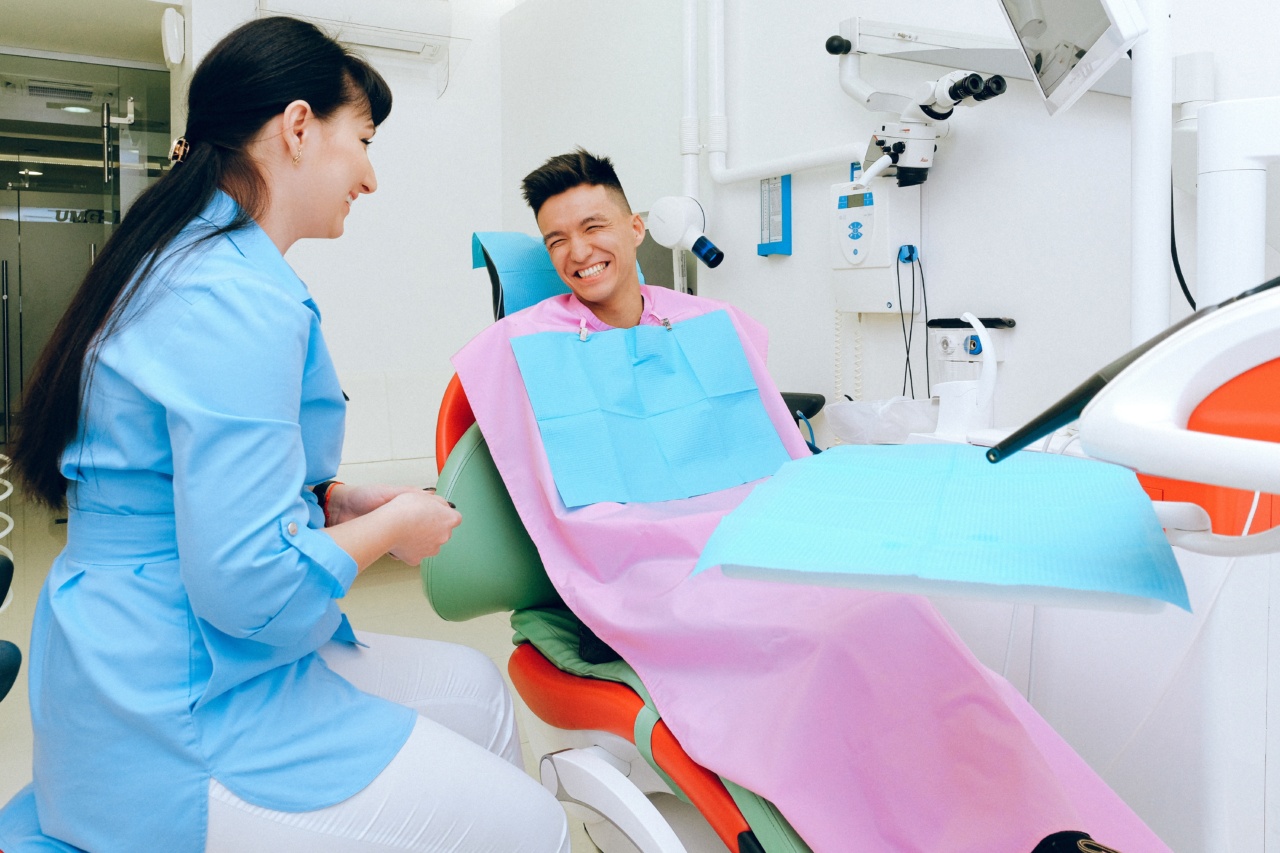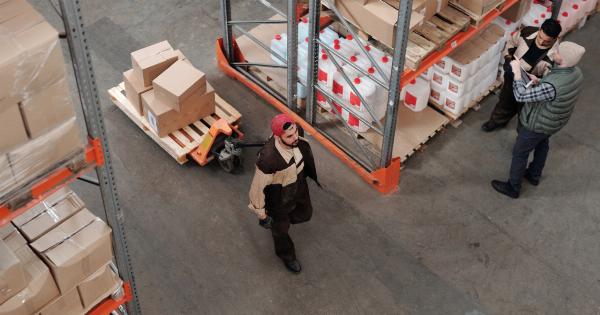Hemorrhoids, also known as piles, are swollen veins in the rectal area that cause discomfort, pain, and bleeding.
These veins can become inflamed, and their walls can stretch due to constipation, straining, or pressure on the rectum during pregnancy and childbirth.
Childbirth can be a painful and emotional experience, and sometimes it can lead to hemorrhoids that can make postpartum recovery even more challenging.
Hemorrhoids can be a distressing problem to deal with, but with the right care and self-help measures, they can be effectively managed.
In this article, we will provide some expert advice on managing hemorrhoids after giving birth. Let’s take a look at some of the tips and tricks that can help you deal with this uncomfortable condition.
1. Hydration is the Key
Hydration is essential for everyone, but it is especially important for new mothers dealing with hemorrhoids. Drinking plenty of water can help to keep your stool soft, which makes bowel movements easier to pass.
Not drinking enough water can cause constipation, which can worsen your hemorrhoids, making them more irritated and painful. Therefore, ensure to drink at least eight glasses of water a day.
Other hydrating beverages like fruit juice and tea can also be beneficial.
2. Diet Modifications Can Help
Your diet after giving birth plays a crucial role in the management of hemorrhoids. A fiber-rich diet can help soften the stool and promote regular bowel movements. Ensure to include foods such as:.
- Whole-grain bread and cereals.
- Vegetables like spinach, carrots, kale and broccoli.
- Fruits like apples, oranges, and berries.
- Legumes like beans, lentils, and chickpeas.
Avoid taking foods that can worsen constipation, such as dairy products and refined carbohydrate foods.
3. Avoid Straining During Bowel Movements
Straining during a bowel movement can worsen your hemorrhoids. Ensure to use the bathroom as soon as you feel the urge to go. Putting it off can make the stool harder, which makes it more difficult to pass.
Try to take your time and not rush your bowel movements. You can also try raising your feet while sitting on the toilet to help reduce straining. You can also try using stool softeners or laxatives recommended by your doctor.
4. Sitting on a Donut-Shaped Pillow Can Help
Sitting for extended periods can put pressure on the hemorrhoids, which could worsen the pain and swelling. A donut-shaped pillow can help relieve the pressure on the rectal area, reducing the discomfort and pain.
You can use the pillow while sitting on chairs, cars, or even on the toilet. Avoid sitting for too long. Get up and walk around every hour or so to reduce pressure on the area.
5. Apply Ice Packs for Pain Relief
Icing your hemorrhoids can help to reduce swelling and discomfort. You can apply a cold compress for 10 to 15 minutes at a time, several times per day to reduce inflammation and numb the area.
You can also try taking a warm bath to reduce the pain. Soaking in a sitz bath for 10-15 minutes in warm water can provide relief from itching and pain. Ensure to clean and dry the area afterward.
6. Promote Proper Hygiene
Postpartum hygiene is vital, especially when you have hemorrhoids. Ensure to clean your anal area gently and thoroughly after every bowel movement. Use soft, unscented toilet paper to avoid irritating the hemorrhoids.
You can also try using wet wipes to avoid friction when cleaning. Keep the area free from sweat and moisture to reduce itching and irritation. Ensure to wear loose, breathable clothing to avoid excessive friction.
7. Consider OTC Medication for Relief
Over-the-counter (OTC) treatments can provide relief from hemorrhoid symptoms. Products containing lidocaine, hydrocortisone, or witch hazel can help to reduce pain, swelling, and itching.
However, ensure to consult with your doctor before taking any medication, especially when breastfeeding.
8. Seek Medical Intervention If Symptoms Persist
If hemorrhoid symptoms persist despite these self-help measures, you should seek medical intervention. Your doctor may recommend other treatment options, such as:.
- Injection therapy.
- Surgical removal of the hemorrhoids.
- Rubber band ligation.
It’s essential to remember to keep your doctor informed of any changes in your symptoms or discomfort levels after giving birth. They can provide you with the best advice on how to treat your hemorrhoids.
Conclusion
Hemorrhoids are common in postpartum women, but they can be effectively managed with some self-care measures and medical intervention when needed.
Ensure to maintain hydration, eat a fiber-rich diet, avoid straining during bowel movements, sit on a donut-shaped pillow, apply ice packs, maintain good hygiene, and seek medical intervention if symptoms persist after trying these remedies.
Your recovery after giving birth can be difficult, but with the right care and advice, you can overcome hemorrhoids and other postpartum conditions, regain your health and enjoy your new baby.






























